公民科学家与 Unistellar 一起现场捕捉 DART 迎面相撞的场景!
Franck Marchis 揭示了 Unistellar 公民科学团队的成果,捕捉了 DART 对全球星空派对的影响

2022年9月26日,美国宇航局的DART任务成功完成了有史以来首次全面的行星防御测试,它与环绕双小行星Didymos运行的较小卫星Dimorphos相撞。撞击产生的动能相当于3吨TNT炸药,导致超过100万公斤的物质从小行星喷射到太空。DART团队成员庆祝航天器成功撞击Dimorphos小行星,完成了世界上首次行星防御测试任务。图片来源:约翰·霍普金斯大学应用物理实验室/Ed Whitman

由 SETI 研究所的 Franck Marchis 领导的 Unistellar 公民科学团队,利用小型精密的 Unistellar eVscopes 望远镜,在实时观测和捕捉撞击数据方面发挥了重要作用。尽管 Unistellar 公民科学网络是用于观测撞击的最小望远镜之一,但它对撞击的影响提供了详细的观测数据,包括初始快速移动的喷出物羽流,以及对新形成的彗发和彗尾的持续监测,这使得研究人员能够深入了解撞击的影响。
“我们是唯一一个现场发布撞击结果的团队……我们成功地观测到了它。这要归功于我们拥有一个由公民天文学家组成的网络,他们积极主动,愿意熬夜到凌晨三四点进行观测。” ——弗兰克·马奇斯
该团队使用 Unistellar 的基于应用程序的界面作为网络,实时观察、捕获并传送来自印度洋留尼汪岛和肯尼亚的 Unistellar 公民科学团队成员的撞击数据(唯一这样做的团队)。
此外,研究小组还发现,这些岩石在航天器撞击后立即变得明显更红,研究人员尚未对此做出解释。Unistellar公民科学团队收集的数据将被添加到各种世界级的天文台和望远镜中,包括ALMA、哈勃太空望远镜、詹姆斯·韦伯太空望远镜以及DART的机载仪器Didymos侦察和小行星光学导航相机(DRACO)。
- 在 Explore Scientific 探索 Unistellar 系列
- 了解更多关于Unistellar公民科学的信息
- 阅读 Unistellar 公民科学网络关于 SETI 的研究结果
- DART 任务主页
研究人员正在继续研究 DART 数据,以进一步了解如何防止太空中潜在危险物体造成破坏性撞击,以及双形星和双子星的物理、化学和地质特性。

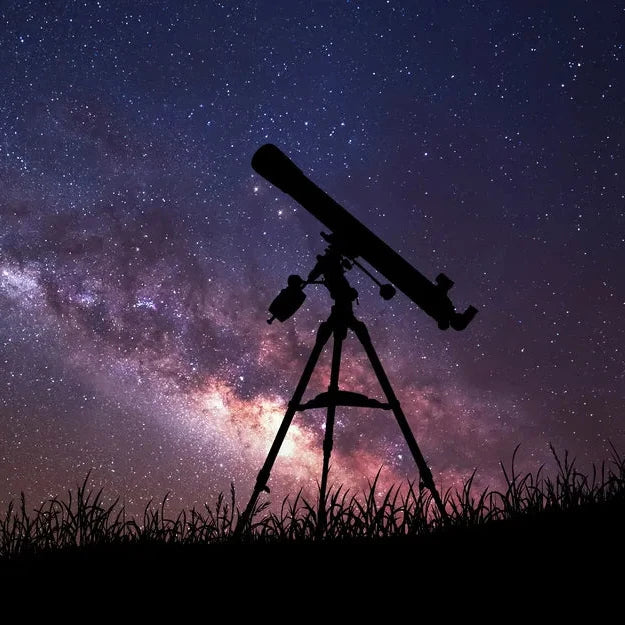

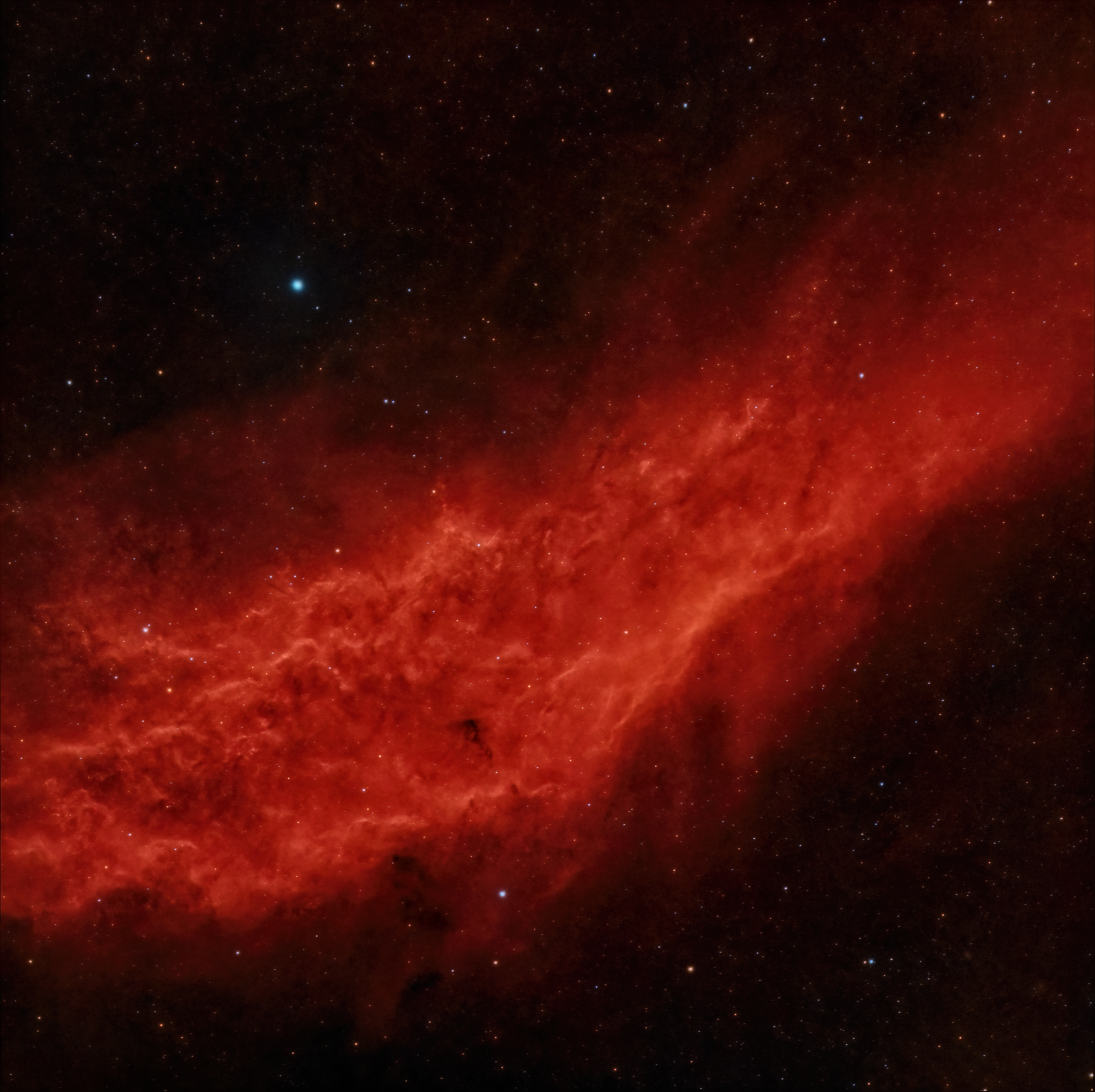




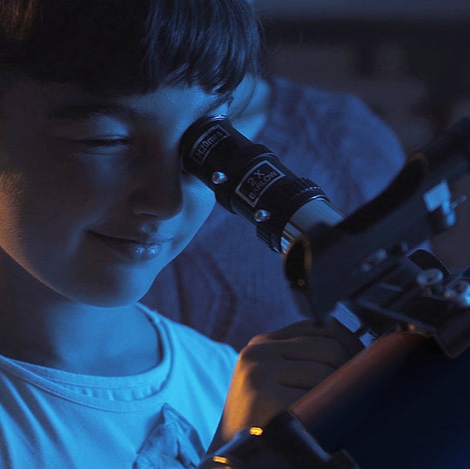

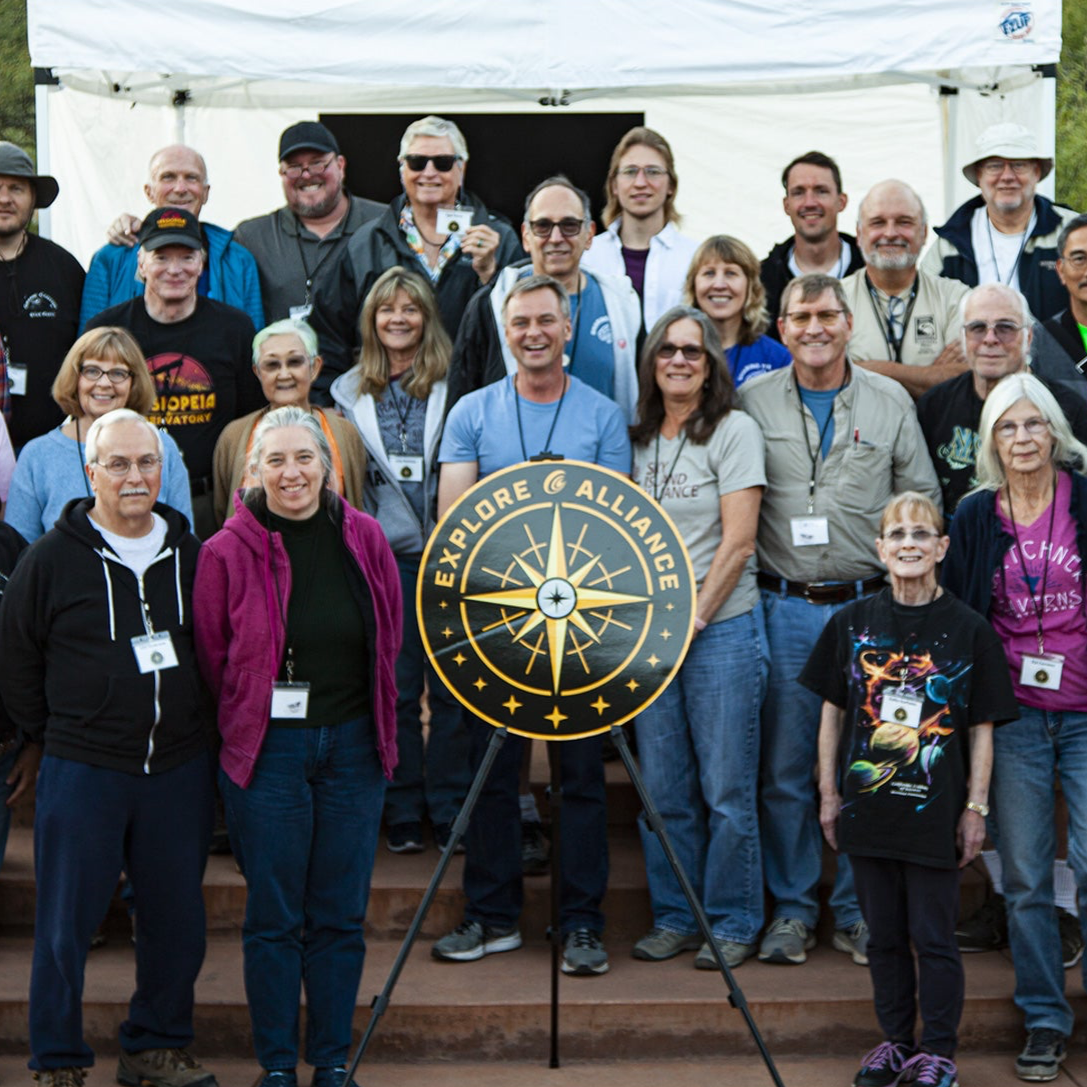
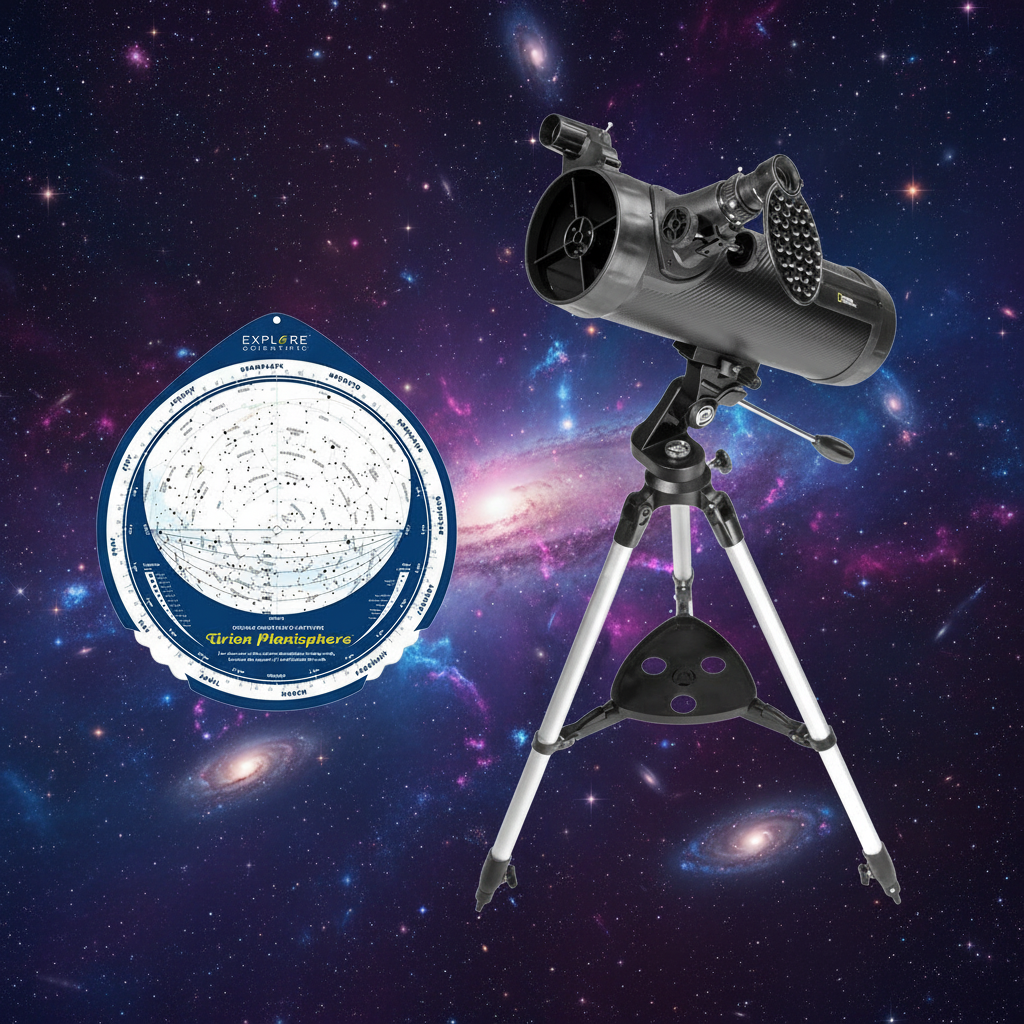



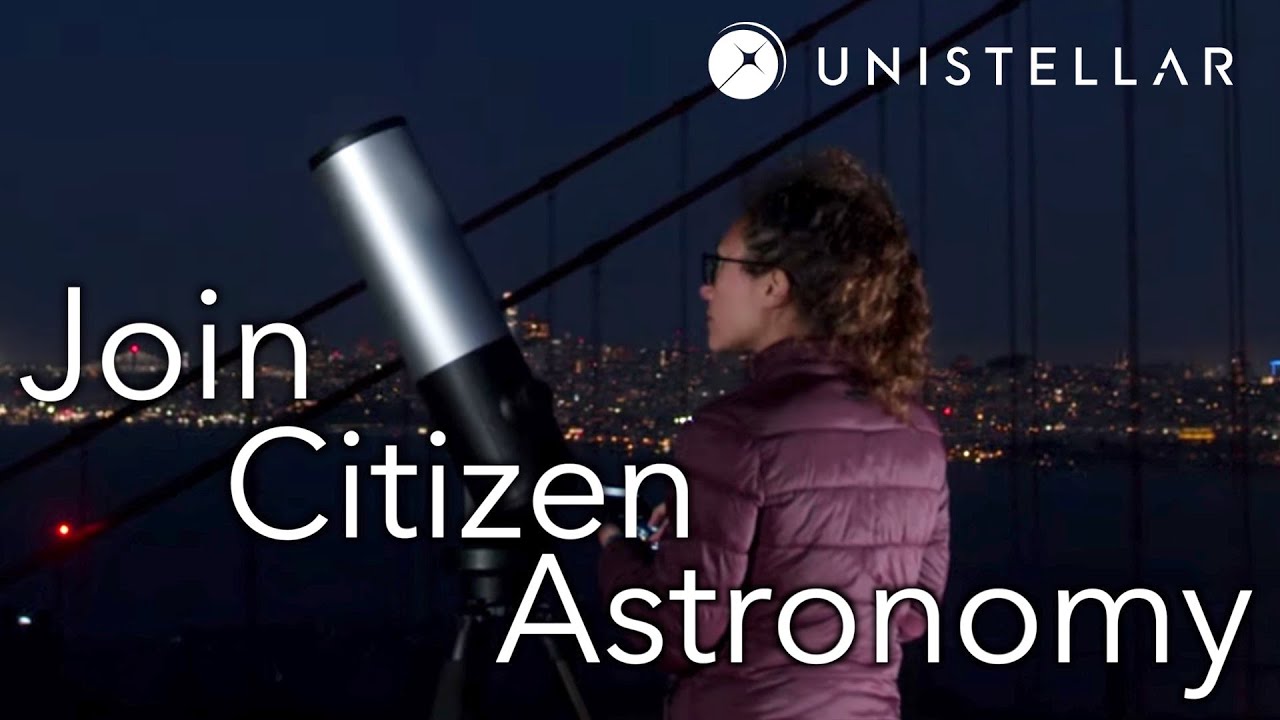
发表评论
所有评论在发布前都会经过审核。
此站点受 hCaptcha 保护,并且 hCaptcha 隐私政策和服务条款适用。